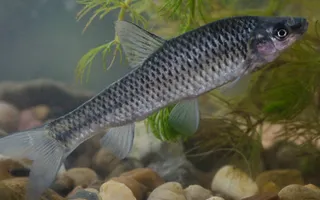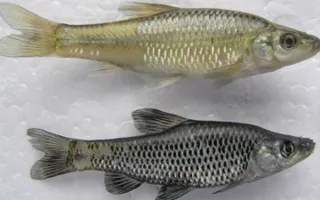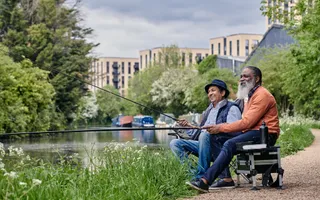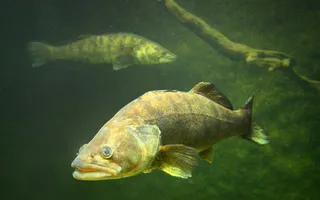Topmouth gudgeon and our canals
A small, introduced species from Asia, the topmouth gudgeon eats invertebrates, small fish and fish eggs. It was brought to the UK as an ornamental pond fish, but has spread quickly to a number of ponds, lakes and rivers.
They are extremely invasive, causing great harm to local ecosystems. Topmouth gudgeon breed prolifically, out-competing native fish and readily eat the eggs and larvae of native species.







